Global Energy Trends From The 2023 Statistical Review Of World Energy
R-Squared Energy
AUGUST 10, 2023
While renewable power expanded at record rates, fossil fuels maintained an 82% share of total primary energy consumption. Natural gas and coal demand stayed nearly flat with oil rebounding close to pre-pandemic levels. Renewable power (excluding hydro) grew 14% in 2022, slightly below the previous year’s growth rate of 16%.

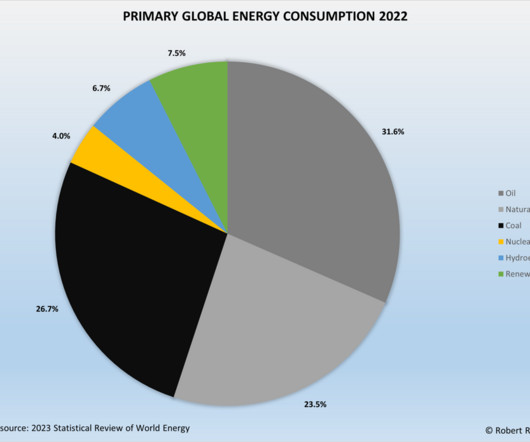
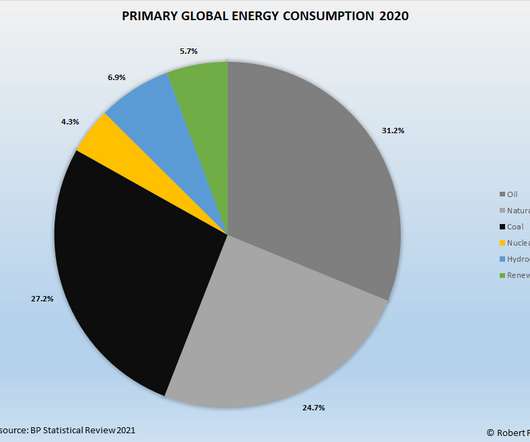

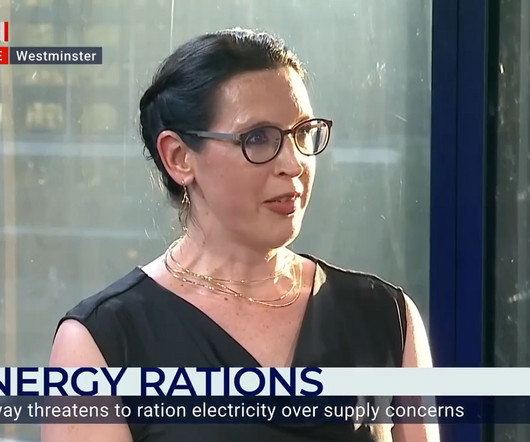

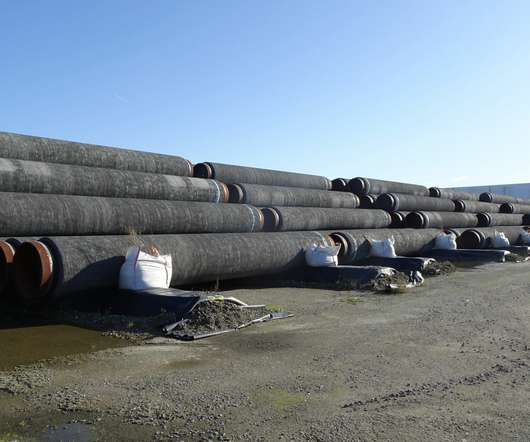
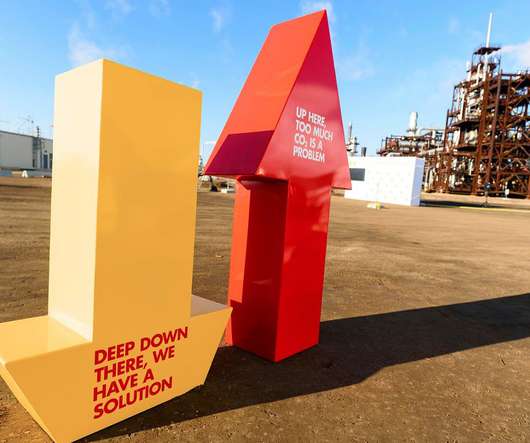
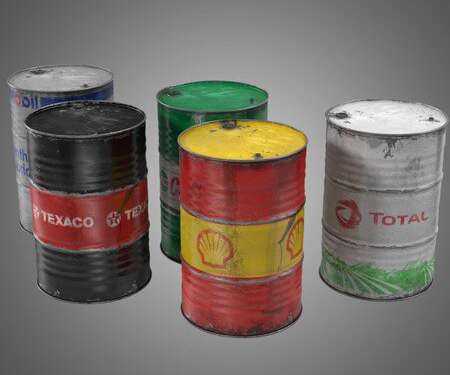








Let's personalize your content